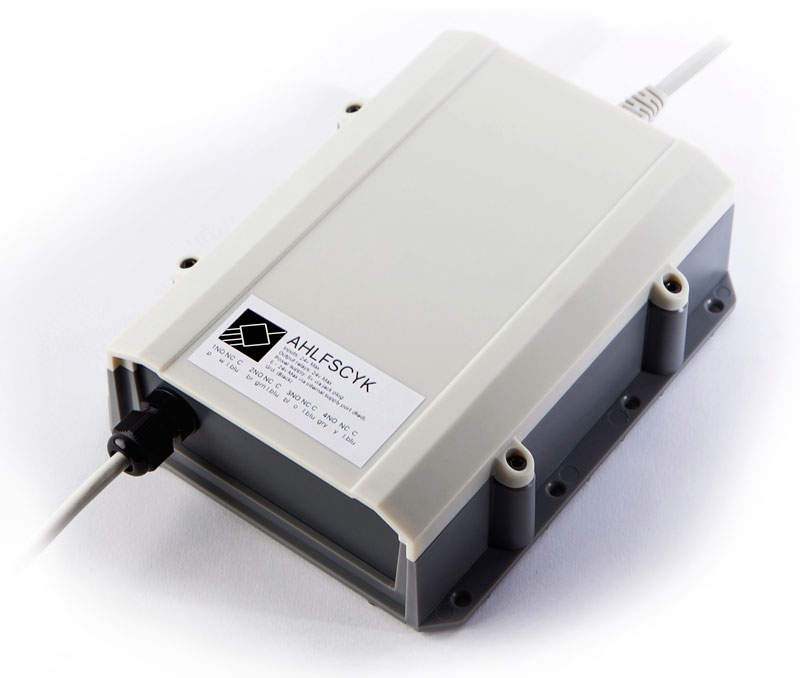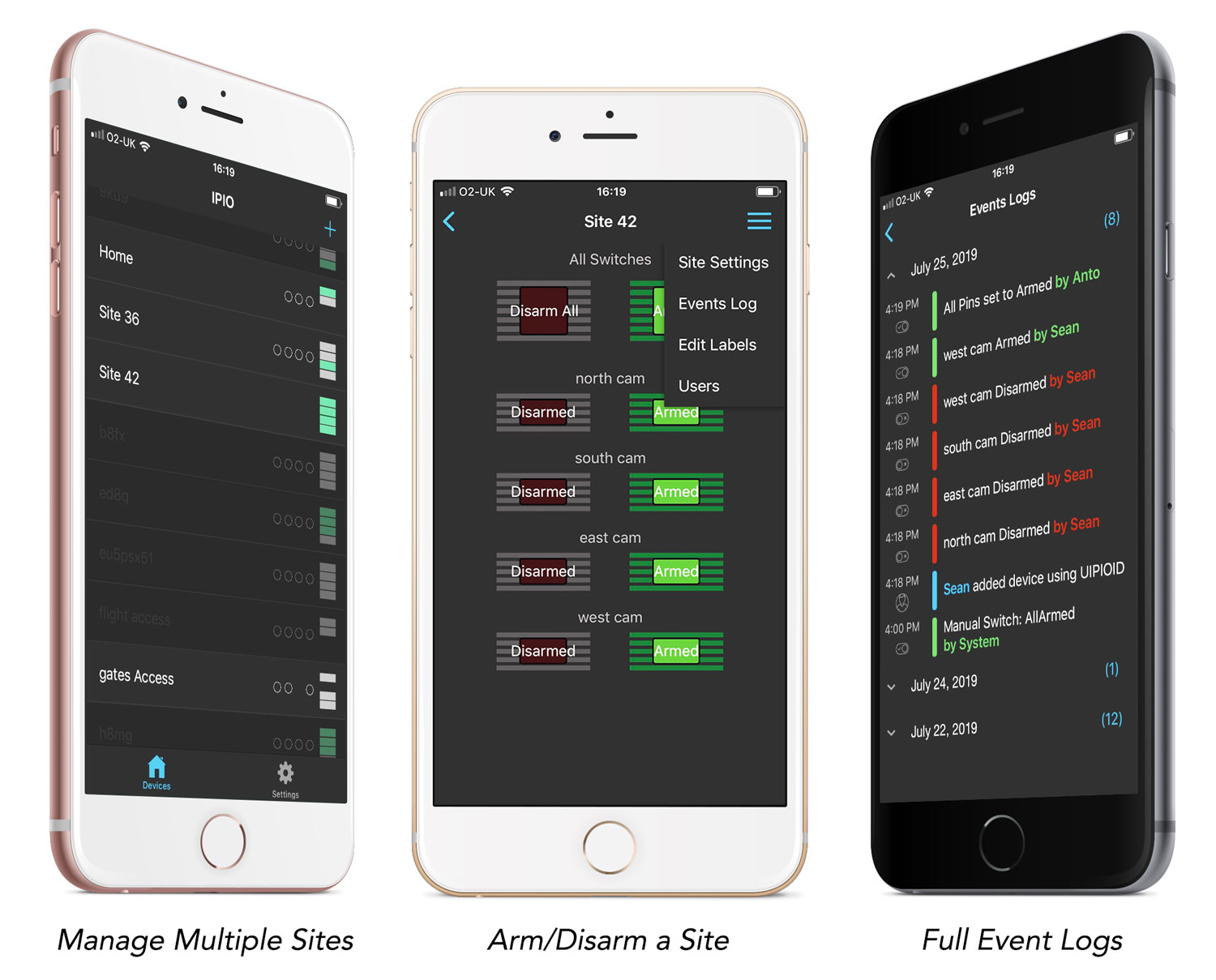An app for that
Golden Krishna explained the “No UI” concept in his famous 2013 talk “The best interface is no interface”.
https://www.youtube.com/watch?v=iFL4eR1pqMQ
Others have spoken of “Invisible design”.
https://www.intercom.com/blog/invisible-design/
Part of what is underlying these ideas is the concept that a system will help the user to get rid of certain small tasks. Who needs a door handle when you can have an automatic sliding door?
The idea that there is “an app for that” and this and everything has led to some world weary tiredness. That combined with the knowledge that a phone is a computer which can of course automate tasks leads to a sense that there simply must be a better way forward than making more dumb apps.
Minimal chrome
Most of the apps we build in EyeSpyFX are apps for viewing Security Camera Systems. The concepts of #NoUI or #Invisibledesign do not really apply to EyeSpyFX – the apps we build are necessarily visual, driven by the main function – viewing cameras. Nonetheless, we have tried to reduce the percentage of UI (sometimes derided as chrome) in our apps. For example, we have worked on Camera Apps where we put the camera stream as the main content and only introduce UI elements when the context demands. We have also tried to hide the pesky UI chrome behind a side-swipe away navigation bar. Another strategy we tried is to use semi transparent UI elements. All of these strategies reduce the UI and attempt to bring content to the user with minimal UI interactive hassle. All that is just good design rationalisation but you still wind up needing to go to the app, turn it on and look at stuff and take an action – the same as it ever was. All minimal UI strategies fall far short of automation, short of intelligence and short of a computing promise where things just happen on your behalf, good things, on time and appropriate – like automatic sliding doors.
Recent EyeSpyFX projects in the area of access control have enabled us to build apps that are closer to true #NoUI. Our interpretation of #NoUI is an app that is essentially a settings configuration tool. It is where you set up an agent service. Once set up and under normal circumstances the app does everything on your behalf without any further involvement from you. When the app does need your intervention, it sends you a rich notification enabling you to choose to take an action without opening the app.
Agent apps
The app is a context aware agent acting on your behalf, responding to conditions according to settings you have programmed in. A design challenge in apps like that is not so much how to convey how to use the app, it is how to convey how to programme the app to have a particular behavior in some future set of circumstances. It can be difficult to balance computational sophistication and power with comprehension and useability. In our projects we are trying to make #NoUI come true. We are building intelligent effects combining the thing (camera, access control unit) with the cloud service, sensors inputs and user profile. We are still mid-project but we can make the following observations:
- It is not easy to get right (we keep on finding exceptions)
- The app needs to able to run in the background and make server calls in the background. We have encountered permission issues, privacy issues and variation in phone OS performance.
- Loss of connectivity problems. What happens to an automated service when it losses connection?
- You need to able to override the agent service with an immediate manual activation.
- You need to able to develop a UI that enable the user to understand, model and edit the process before and during the operation.

Programmable app UI



